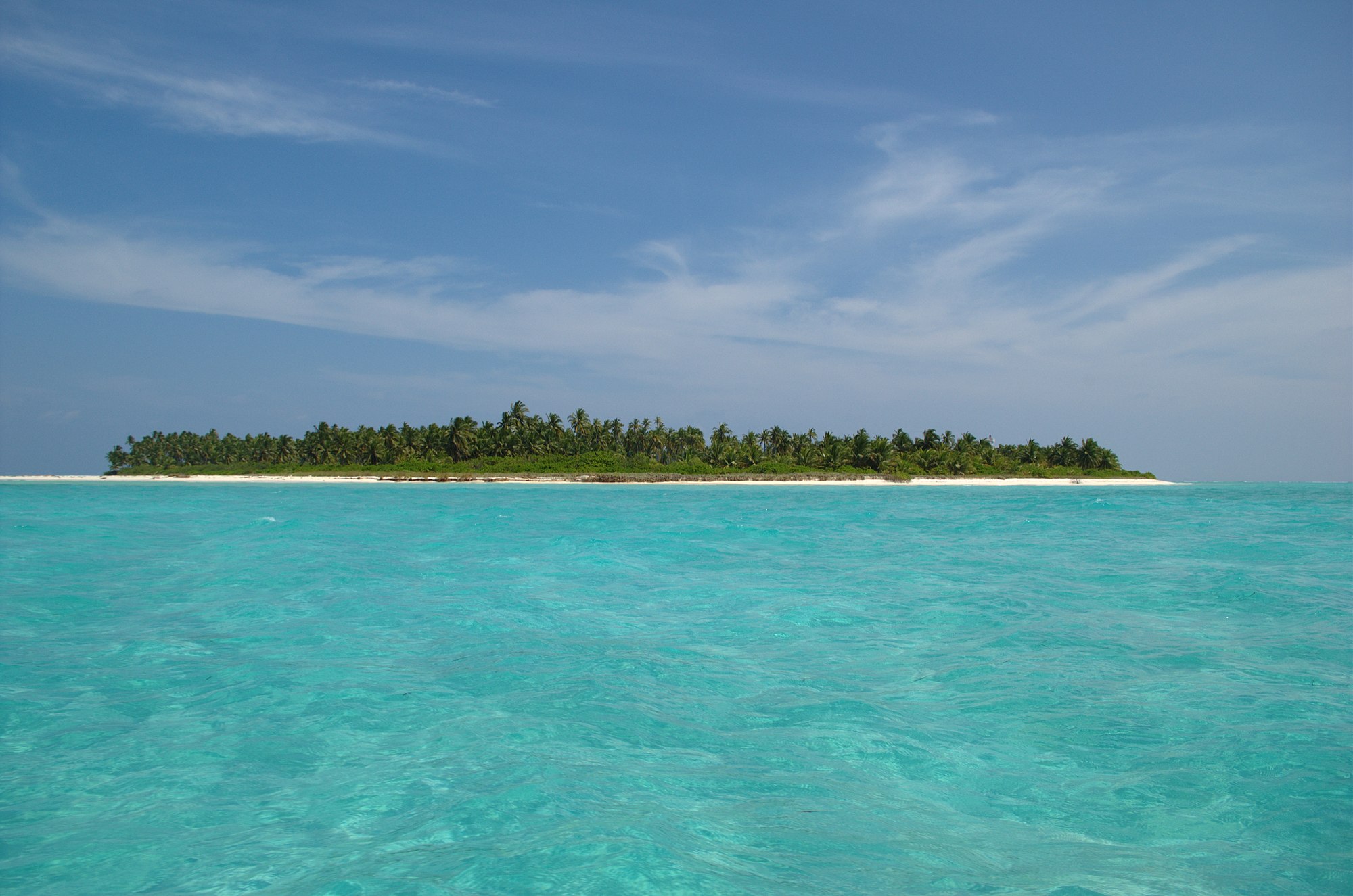
It is estimated that more than 7,500 square kilometres of Indian coastline are at high risk for the impact of climate change-related events fueled by rising sea levels. Sea levels alongside the Indian coast have been estimated to have risen by 8.5 centimetres in the past fifty years. Scientific predictions paint a grim picture, suggesting that around 36 million Indians will be living in areas with chronic flooding by 2100. Unseasonal cyclonic storms, sea erosion, and new development projects, coupled with unexpected extreme weather events caused by climate change and rapidly rising temperatures are threatening lives and livelihoods across India’s network of 1,382 islands. While many smaller islands have already been lost, many more inhabited islands are facing a threat of disappearance. In addition to this, the infrastructure projects planned by the government in or around many of these areas also pose an additional threat to the survival of the natural livelihood. For instance, the National Institution for Transforming India (NITI Aayog) has developed a Rs. 72,000 crore vision for the ‘Holistic Development of Great Nicobar Island in Andaman and Nicobar Islands’, which includes a greenfield international airport, power plant, and a township complex. Biodiversity experts were critical of these plans, as it will threaten the existing natural ecosystem on the islands.
While the picture is grim, several state governments are taking active steps to help and save their local ecosystems and islands. A prime example is the use of artificial reefs, made of concrete, which not only help regenerate coral biodiversity but also prevent further erosion in islands being deployed in the Gulf of Munnar region. Vaan island, located in the Gulf, was on the verge of submergence when the project began in 2015. Since then, several areas of the island have been recovered. Following the success on the island, the Tamil Nadu government has also offered to undertake the restoration of two more islands. However, such efforts will not be effective in isolation. There is a need to have a comprehensive policy solution at the state and central level, which is designed to mitigate the impact of the rising levels in these islands, thereby helping protect the lives of those who rely on their natural resources for their livelihoods.